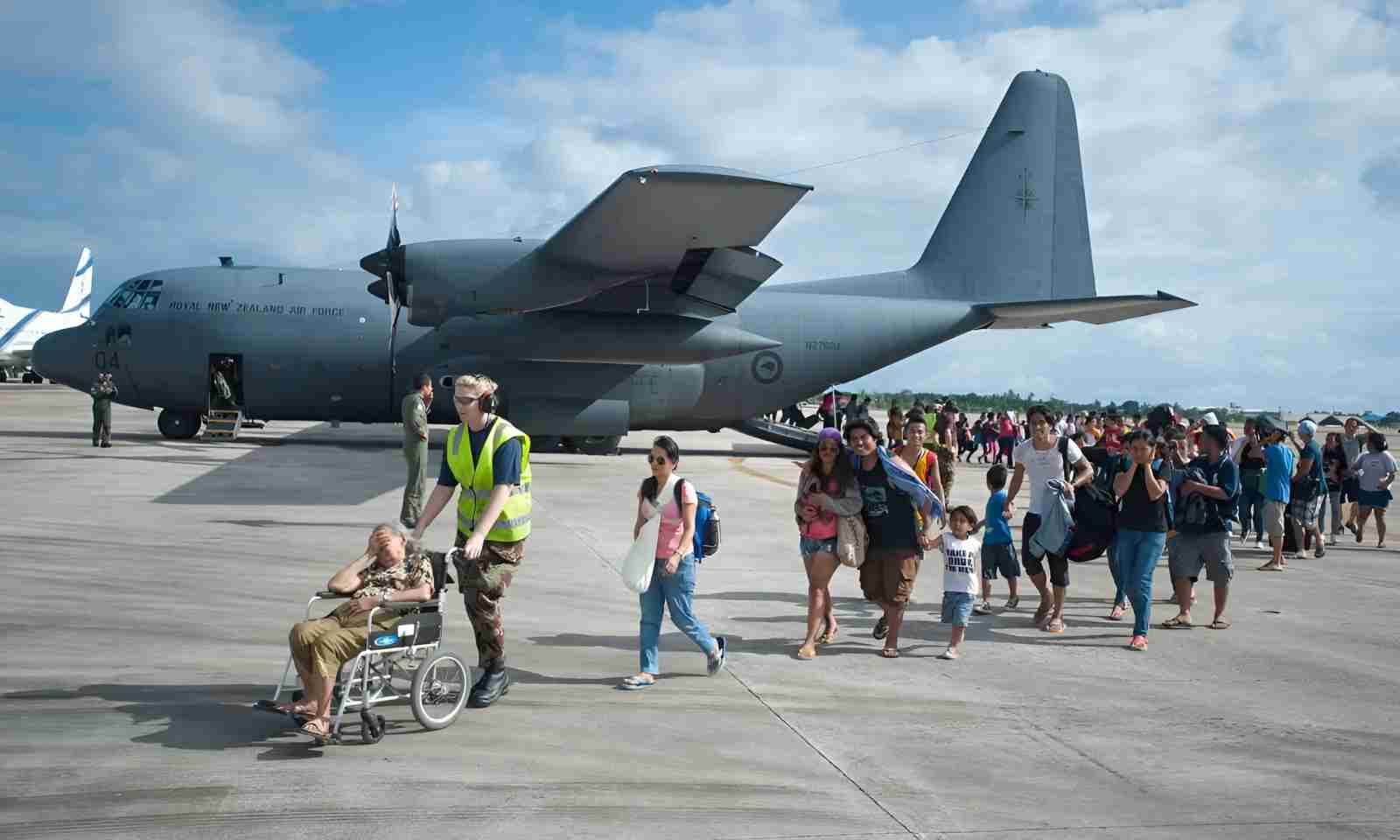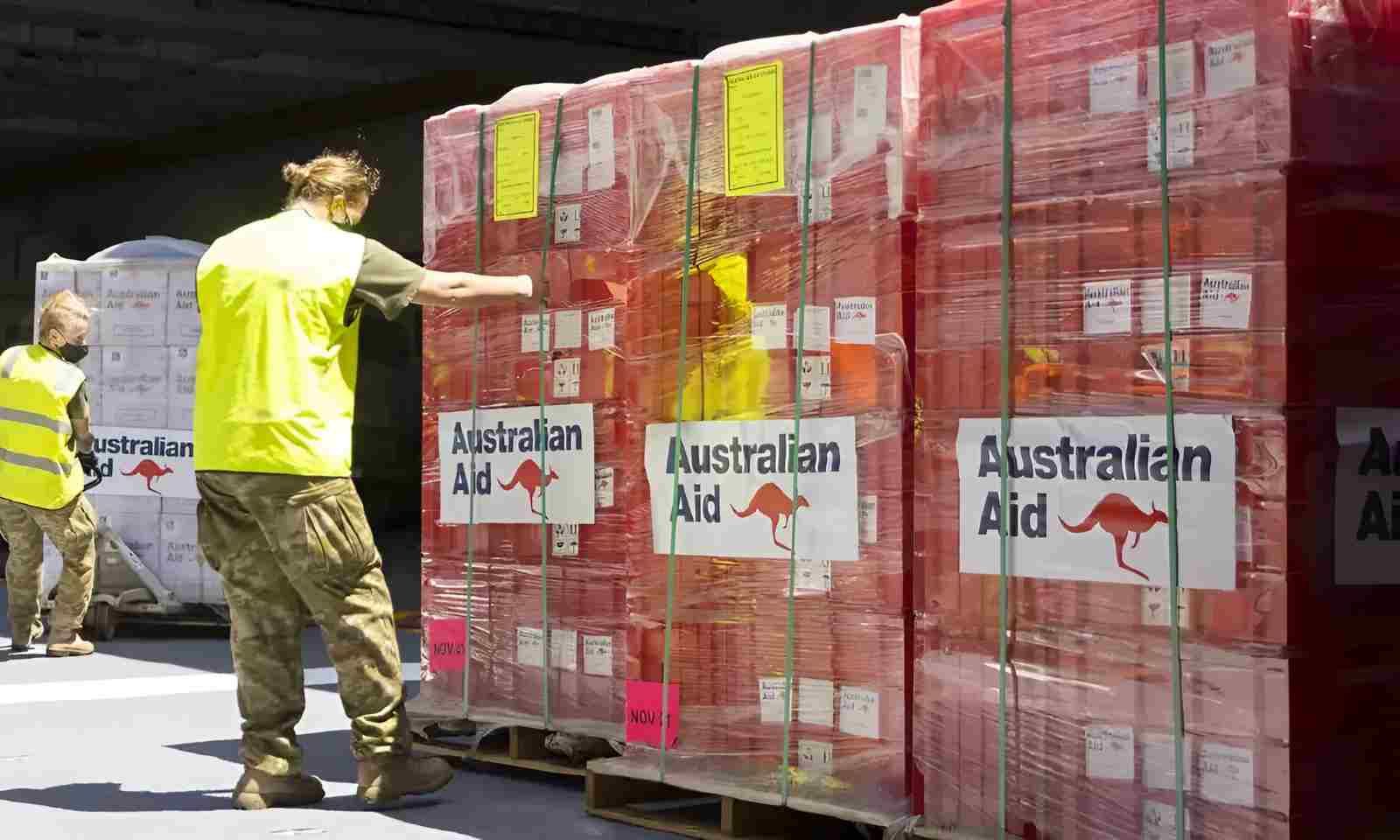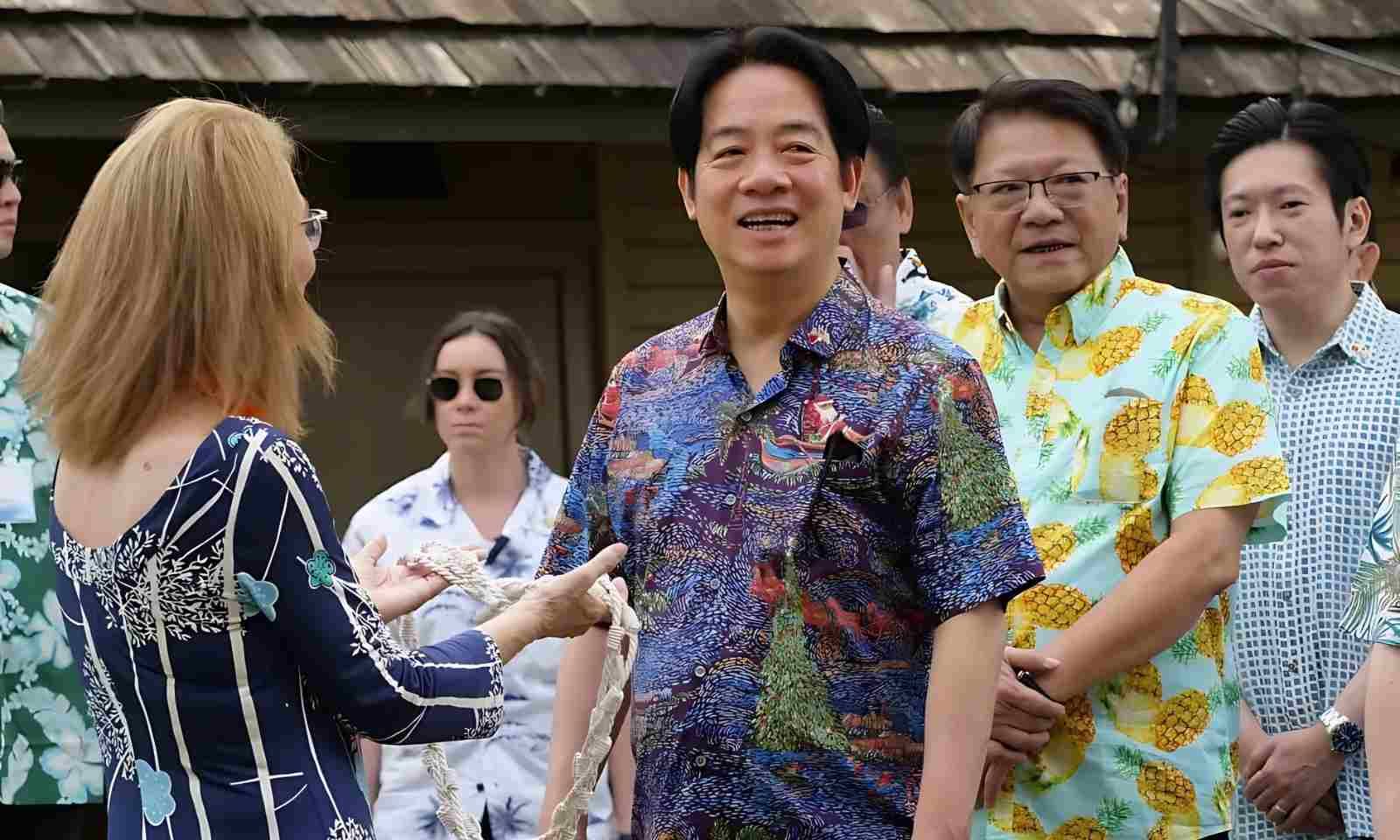

From left, US President-elect Donald Trump, NZ Foreign Minister Vaovasamanaia Winston Peters, and China President Xi Jinping.
Photo/supplied
World's aid industry has little to show the Pacific - report
Since 2008, the island nations have received more than NZ$40 billion in development assistance but the Lowy Institute says aid should be about more than geopolitics.


Oscar hopeful Lea Tupu’anga's māfana captures global support


Heaven is real, Hell isn’t: My spiritual journey through ego, love and seeking out peace


Oscar hopeful Lea Tupu’anga's māfana captures global support


Heaven is real, Hell isn’t: My spiritual journey through ego, love and seeking out peace
The Pacific is the world’s most aid-reliant region, driven by geopolitical factors that have led to record levels of development assistance.
However, international aid to the Pacific Islands has been declining since 2022, mainly due to a reduction in Covid-19 relief efforts, according to a report from the Lowy Institute in Australia.
The institute's annual Pacific Aid Map, released last month, showed a shift in diplomatic support for the region, with an increase in grant-based funding.
Since 2008, the Pacific Islands have received more than AU$40 billion (NZ$43.92b) in development assistance, more than any other region globally.
Australia remains the largest donor to the island nations, but China has become the second-biggest bilateral investor in the Pacific, surpassing the United States.
The Government's aid programme in New Zealand is being reviewed, and some experts believe the key decisions were made in the May Budget.
Aotearoa's aid spending has seen a dramatic decline of 35 per cent and is forecast to decrease year-on-year for the first time in eight years, dropping from $1.32b in 2023/24 to $1.21b in the current financial year.
Foreign Minister Vaovasamanaia Winston Peters announced in July that the Government would reevaluate its overseas aid programme to better align spending with its objectives.
The aid budget is expected to face cuts in the next three years until June 2027, with $30 million redirected from lower priority areas outside the Pacific and Southeast Asia.

New Zealand's humanitarian aid aims to save lives and relieve suffering caused by natural disasters and armed conflict. Photo/MFAT
There is uncertainty surrounding a $1.3b boost to climate aid under the previous Labour government.
Pacific civil society and non-government organisations (NGOs) have criticised New Zealand's decision not to increase funding in the recent Budget.
These groups say New Zealand needs to improve its official development assistance to address the growing needs of Pacific island nations.
Oxfam Aotearoa says it's concerned that climate financing has peaked, and Labour has warned that a cut in foreign aid could negatively affect New Zealand's strategic interests.
Oxfam warns that progress on climate adaptation in the Pacific will only stall with continued climate funding, which is set to expire next year.
Labour says aid for the Pacific is important, and the reduced funding will have a "detrimental effect" on New Zealand's regional interests.
Australia has contributed AU$1.5b (NZ$1.65b) to the Pacific, while the US has allocated AU$249m (NZ$273.42m).
Over the past decade, China has invested billions of dollars in the Pacific Islands to increase its influence in the region amid competition with the US and its allies.
Although Chinese investment decreased during the Covid-19 pandemic, President Xi Jinping has since renewed focus on regional projects, increasing investments by six per cent in 2022 - AUS$256 million (NZ281.10m) - an increase of nearly 14 per cent compared to three years earlier.
"Beijing has emerged from a pandemic-induced lull with a more competitive, politically targeted model of aid engagement," the Lowy report stated.
“China’s ODF [overseas development finance] has acquired a more targeted focus on winning influence in specific countries, involving more grants and community-level outreach.
"The uptick in Chinese spending has been accompanied by a resurgence in new Chinese project commitments, signalling a revival in its ambition to engage in major infrastructure works in the Pacific," the report said.

The New Zealand Defence Force help evacuate people affected by Typhoon Haiyan in the Philippines in 2013. Photo/MFAT
China has raised its financial commitments in the Pacific to over AU$1.1b (NZ$1.21b), which has drawn criticism from the US and its allies about potential diplomatic pressure in the region.
President Xi said China was a development partner for Pacific island nations. He defended his government's aid, saying it has no political conditions attached.
The Lowy report highlighted examples of China's "community-led projects", which include "vehicle donations to local governments, cash grants to schools, and agricultural equipment gifts to local farmers".
However, critics warn that this shift in China's aid strategy shows it's engaging in potentially risky debt financing in the Pacific.
New Zealand is being urged to increase its overseas aid as natural disasters become more frequent worldwide.
World Vision has reported rising hunger and conflict, noting that families are moving from two meals a day to just one, with some households going without food for days.

Australia remains the largest donor to the island nations, the Lowy Institute says. Photo/DFAT
The NGO warns that New Zealand's budget cuts will force aid agencies to make impossible decisions, including reducing food rations.
World Vision has called on the Coalition Government to continue providing this service as Pacific island states are particularly vulnerable to the impacts of the climate crisis.
Bernadette Cavanagh, the Foreign Ministry’s deputy secretary for the Pacific and Development Group, told MPs that no decisions have been made on the climate finance commitments due to run out in December 2025.
Enter China. The Lowy Institute report has revealed that China's debt risks have significantly worsened over the past five years, citing geopolitical motives as a factor in Beijing's aid provision.
“The lack of transparency around these loans [to the Solomon Islands and Vanuatu] and uncertainty regarding the efficacy of the projects they finance undermine aspects of China’s debt sustainability frameworks and risk further degrading the political economy of many Pacific Island countries,” the report said.
“China’s aid involvement in the Pacific has grown to pursue various objectives. However, reinforcing the ‘One China’ policy remains a key motivating factor in regional engagement, emphasising that Taiwan is part of China, with Beijing as the sole legitimate government.

Taiwan President Lai Ching-te says his visit to the Pacific will usher in a new era of democracy, but this has sparked fury in Beijing. Photo/Ronen Zilberman
“Consequently, countries can only diplomatically recognise - and thus receive aid and development funding from - one of the two governments.”
Meanwhile, Taiwan's President, Lai Ching-te, is visiting the US and Pacific, including the Marshall Islands, Tuvalu, and Palau - all diplomatic allies of the self-governed island.
He has stopped in Hawai'i and Washington ahead of plans to tour the US territory of Guam, with a scheduled transit through
China has condemned Lai's tour, and reports indicate threats of military drills near Taiwan.
China's defence officials did not respond to journalists during a briefing in Beijing on Thursday. However, the government reportedly urged Washington not to let Lai transit through the US.